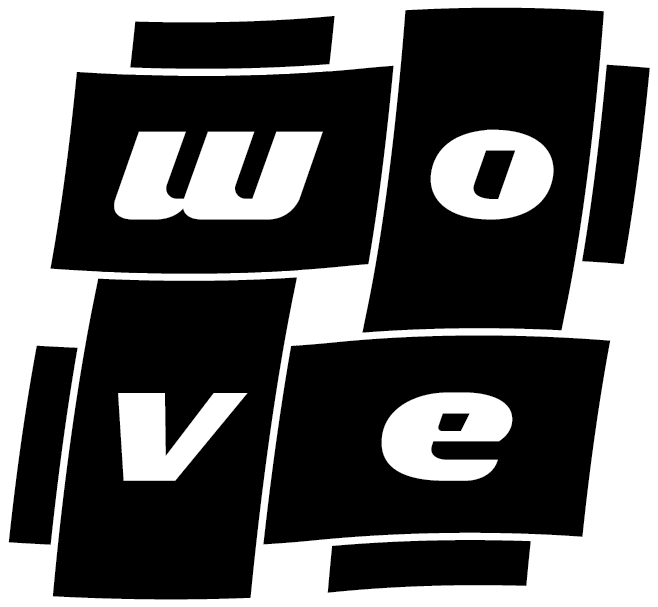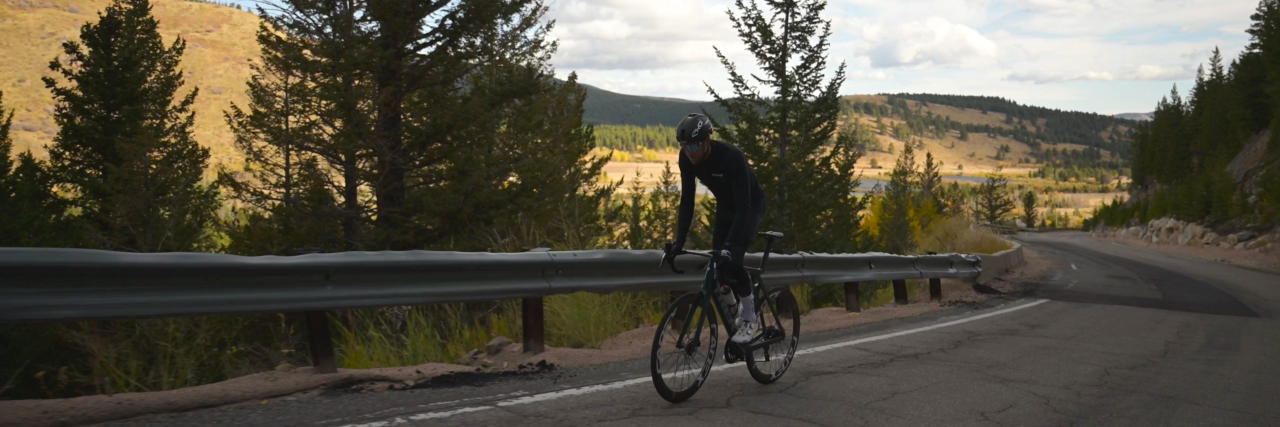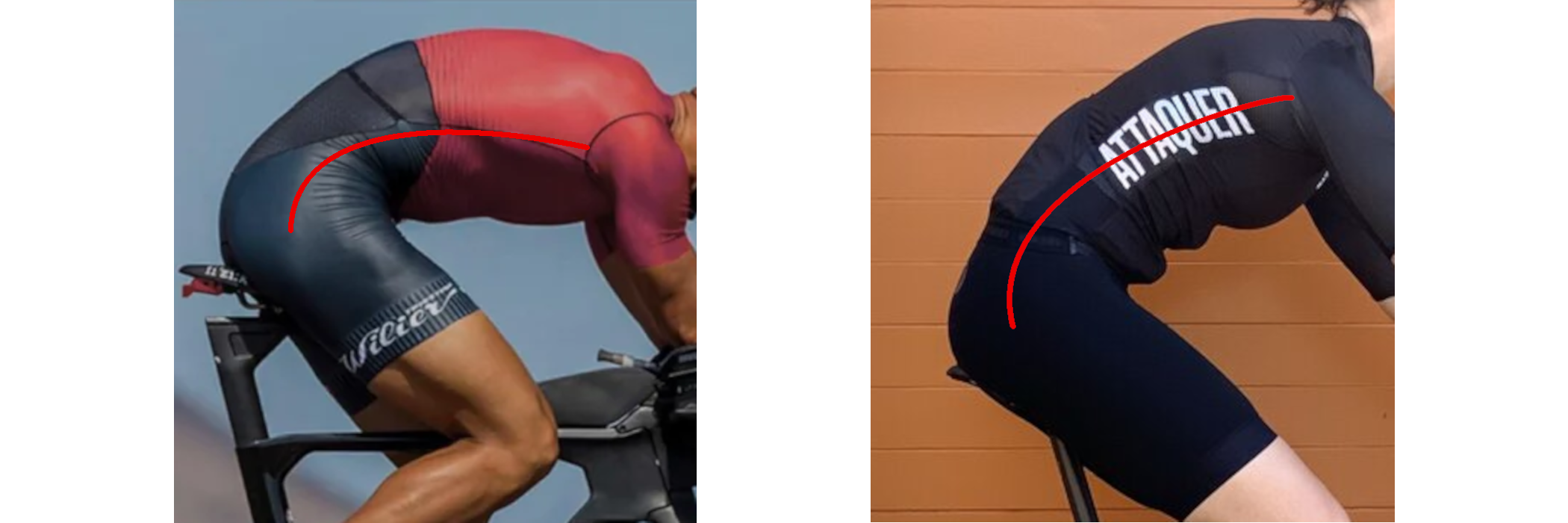Your Bike Fit Begins With Your Saddle.
What even is a bike saddle?
When we stand up while riding our bikes, we can better transfer our mass onto the pedals. The problem is, there is a high metabolic cost to switching from one pedal to the other. What a saddle does is reduce that switching cost - a saddle is a fulcrum that we can use to make transferring our mass from one pedal to the other more efficient.
A good bike fit finds the balance – with the saddle as a fulcrum – between maximizing the transfer of mass to the pedals and minimizing the switching cost of changing from one leg to the other.
So, let’s talk about using the saddle to find this balance:
1. Hip Rotation
When on a road or TT saddle with a saddle nose that is of the right width, set at the right angle, and that provides soft tissue relief, we see riders’ hips aligned with their forward leaning torso. In this position, the rider can ground their pubis bones into the nose of the saddle/fulcrum and better transfer their mass vertically onto the pedal.
A good bike position aligns the torso and spine with the hips, and the highlighted area of the pubis bone shows the point of contact with the saddle
If a rider's hips are posteriorly rotated and out of alignment with their torso, there’s a good chance they are trying to reduce soft tissue pressure caused by their saddle nose, and they transfer their mass onto the pedal at a less efficient forward and down angle.
Note that riders using single nose saddles can align their hips with their forward leaning torsos and avoid soft tissue pressure by grounding a single pubis bone into the saddle’s nose.
Examples of a posterior rotation of the rider’s hips, causing the torso and hips to be out of alignment.
2. Position of Mass
When we position our saddle forward, our center of mass is more over the pedal, allowing us to transfer that mass vertically onto the pedal. Note: this does not mean gravity is giving us free energy - it is a biomechanically more efficient way of putting force onto the pedal.
Today’s progressive bike fits position the saddle forward so that the effective seat tube angle (measured from the bottom bracket to where the rider's pubic bones are in contact with the saddle) is between 74° and 76° for road riders and, for TT/tri riders, 82° when at lower power and between 84° and 85° when at race power. We’ve included an image in the Finding Balance section below.
3. Muscle Recruitment
How much we recruit our quads vs. our glutes is determined by the distance from where we sit on the saddle to the pedal in its forward horizontal position.
The shorter this horizontal distance, the more we recruit our quads. The further this distance, the more we recruit our glutes.
While the zeitgeist is to use shorter cranks to open the rider’s hip angle, shorter cranks require the rider to scoot rearward to lengthen the distance discussed above to keep the glutes engaged. That rearward scoot reduces the rider’s mass over the pedal and closes the hip angle. See how Wove’s pros address this in the Finding Balance section below.
4. Hip Angle
In addition, when our hip angle (between our torso and our thighs) is more open, we better recruit our glute and quad muscles. There are three ways to open our hip angle: 1) shorter cranks; 2) higher front end stack height; and/or 3) a saddle position that is further forward.
5. Aerodynamics
I’ve purposely left aerodynamics last due to a belief that rider comfort and power should be maximized first.
We can make changes to our position on the bike to lower aerodynamic drag by reducing our frontal area. These changes include: lowering the head and torso, though this reduces both the hip angle and power production; moving the saddle and body rearward to lower the body, though this closes the hip angle and reduces mass over the pedal; narrowing our shoulders, elbows and hands; and closing the space between our hands and our head.
Finding Balance
To find balance between the 5 factors above, Wove’s pro athletes racing on our V8 tt + tri saddle:
Angle their saddles down between -3° and -7° so they can align their hips with their forward leaning torso and transfer their mass vertically onto the pedal.
To set themselves up to transfer their mass vertically onto the pedal and perpendicular to the ground, they set their saddle fore/aft so their effective seat tube angle is between 84° and 85° for TT/tri and between 75° and 76° for road.
They use 172.5 to 175mm cranks to create a longer distance from where they sit on the saddle to the pedal in its forward and horizontal position, to better engage their glutes (they are over 6’1” and crank length : height is a relationship worth considering).
For aerodynamic benefits, our pros close the gap between their hands and their head with 15-30° aerobar angles, while raising their aerobar pad stack height to open their hip angle to maximize power production.
Wove’s pros reduce a falling forward feeling by increasing their pad reach so their arm angle is between 100° to 115°. In addition, the increased leverage of a longer crank arm further counteracts that falling forward feeling.
Last, as part of optimizing the saddle as a fulcrum for switching from one pedal to the other, our pros’ knee angles are between 144° and 146° for TT/tri and between 146° and 148° for road riding.
This article discusses both road and TT/tri positions, but the emphasis has been on TT/tri positions. This emphasis is warranted because road positions are increasingly looking like TT/tri positions due to benefits in aerodynamics and producing power.
Wrapping Up:
We’ve included #saddlebattle in a number of our Instagram posts. This hashtag comes from a 2018 messageboard post on Slowtwitch by kileyay, in which Kiley contended:
“Your most important piece of equipment in triathlon, by far, is unquestionably your saddle. Rappstar made this statement some years ago and it has stuck with me ever since, even as I have not learned how true it is until recently.
I contend that this single piece of equipment, properly configured, can mean 30 watts in terms of performance, which is 10x or 15x the delta between Zipp and Yolo, or Enve and Flo, or whatever.
But to believe my contention, you must accept the following as axiomatic: the rotation of the hips (on a time trial bike), which is a function that is critically dependent on the part under your ass, has a causal relationship to power production and aero that is unsurpassed by any other component on the bike. Who vouches for that statement? I do.”
30 watts may seem hyperbolic, but if delta Δ is between watts gained from an optimal position with the right saddle and watts lost by riding the wrong saddle, this could be an understatement.
For a little more deep dive into fit, check out our feature on Escape Collective’s Performance Proceess podcast:





